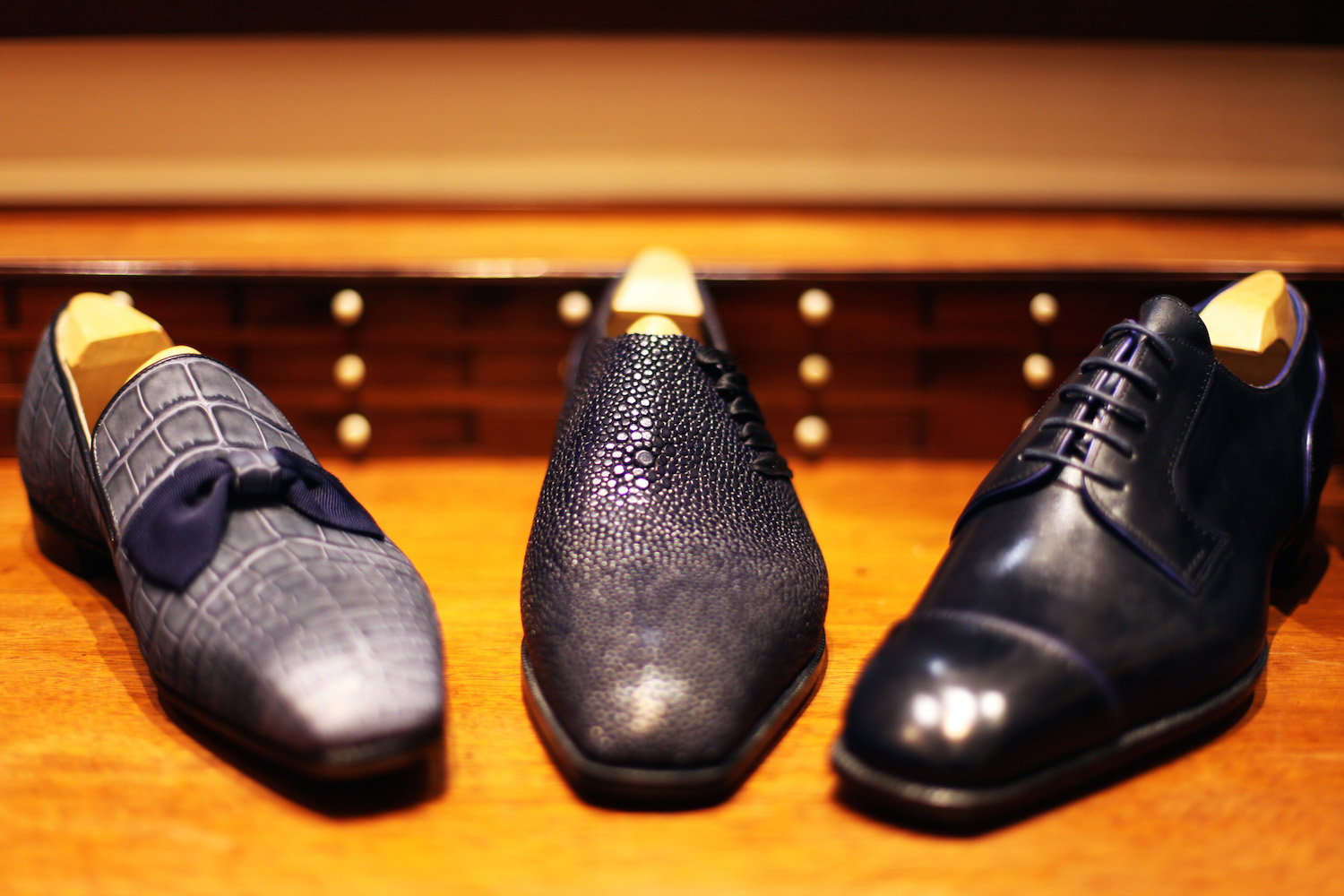This is a question asked by a reader, and I haven’t seen a special article on the Internet to discuss it.
First of all, no matter what the toe is, it is in the concept of last. Last is the first thing that people who understand shoes will see, and for people who do not understand shoes, last is the last thing they know. And when I know shoes so much, I feel last is the last only thing I care about. And there is another saying in shoemaking trade, The last comes first.
The word last is not well known for its meaning in shoemaking, but once you know it, a whole new world unfolds before your eyes. Although last covers everything from fit to aesthetics, but most people care about the toe shape most such as round, square and pointed. Each toe can of course be scaled to achieve a different visual perception. But no matter what, basically if you say it, everyone has a direct reflection in their heads.
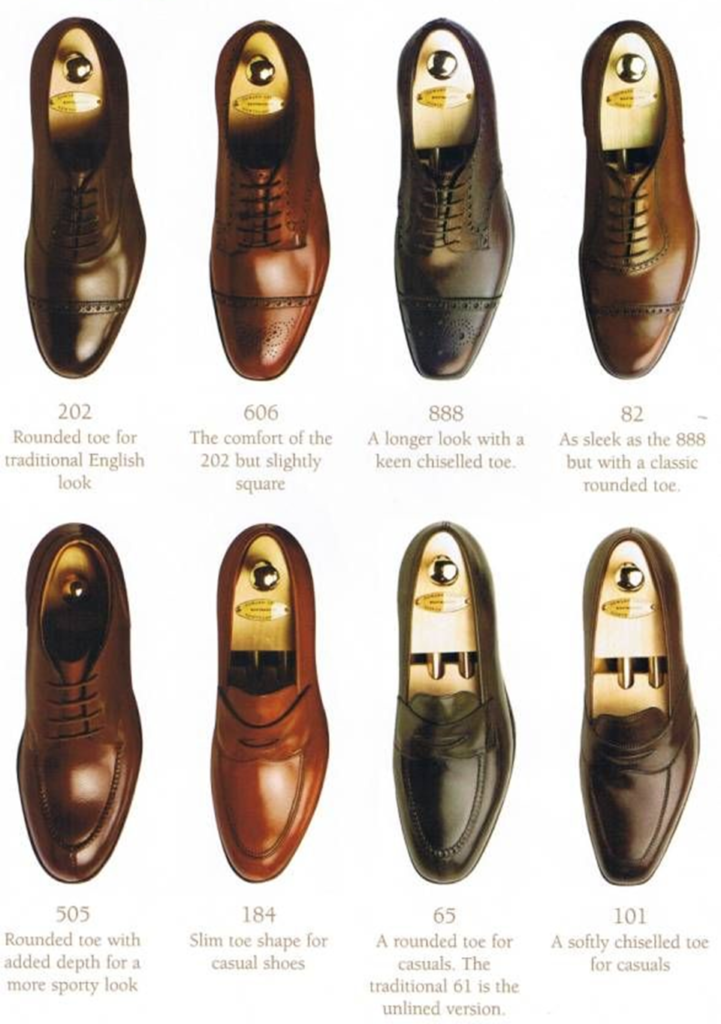
But the name of chisel toe can be very confusing and hard to imagine it on shoes.
First of all, a chisel is like this:
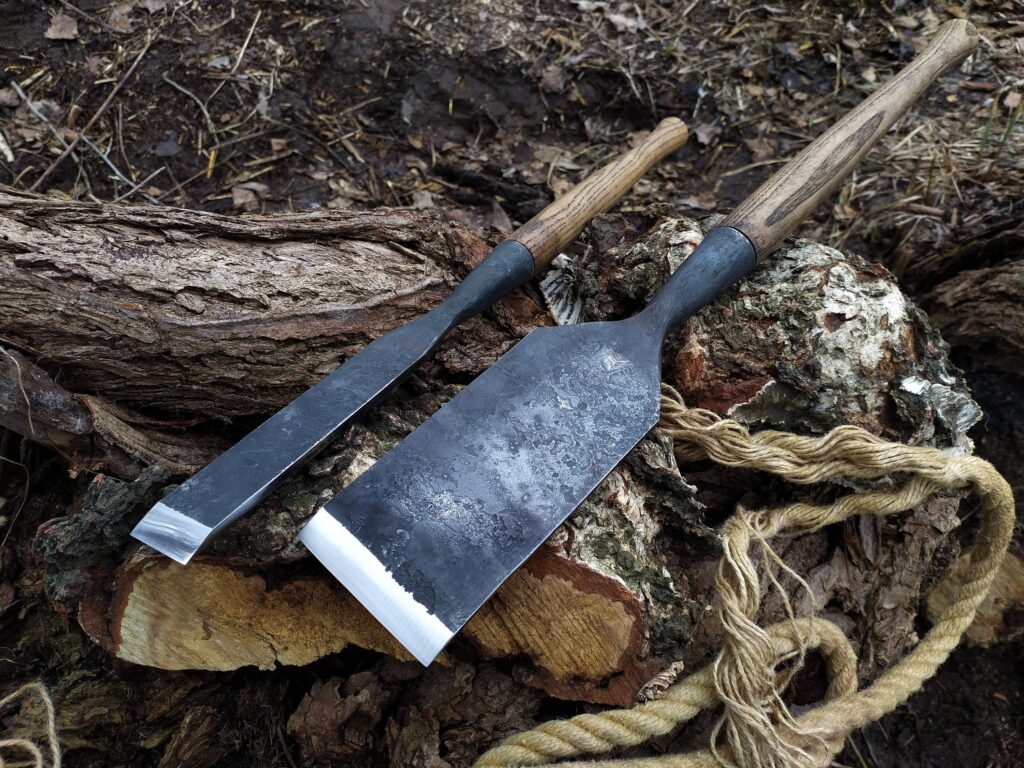
So what characteristics did it take when it entered the field of leather shoes?
It’s an obvious dive. This feature can only be seen from the side view. The height of the toe has a noticeable bend down.
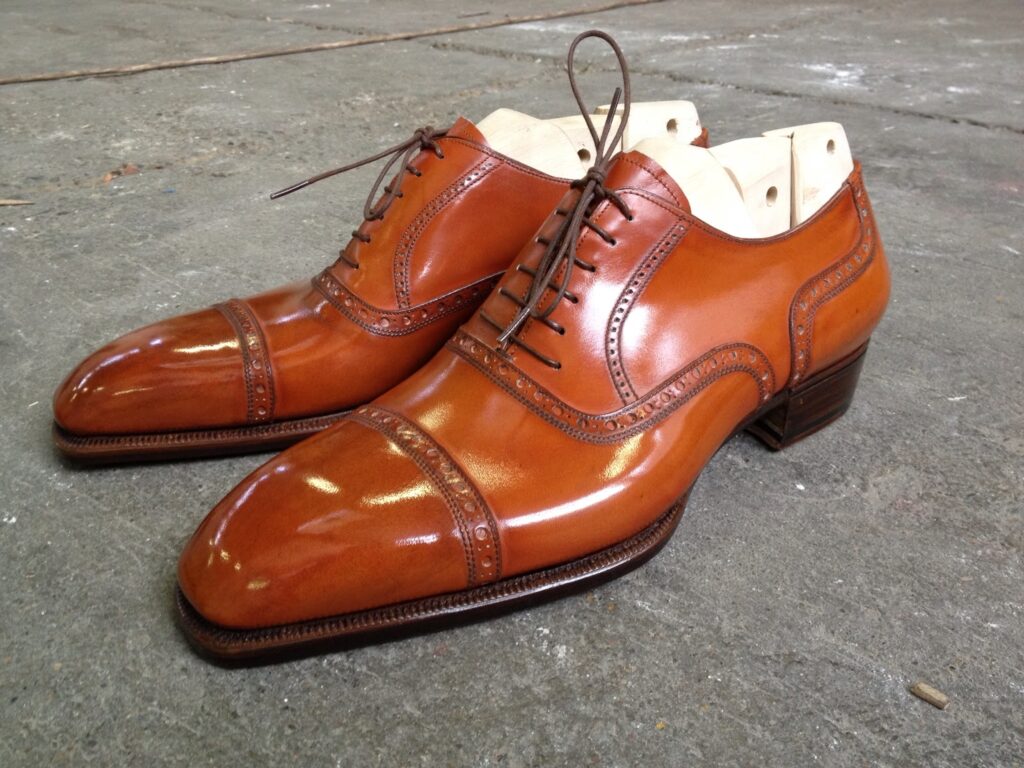
This is the chisel toe of the late master Riccardo Besttetti.
Let’s compare the non-chisel toe.
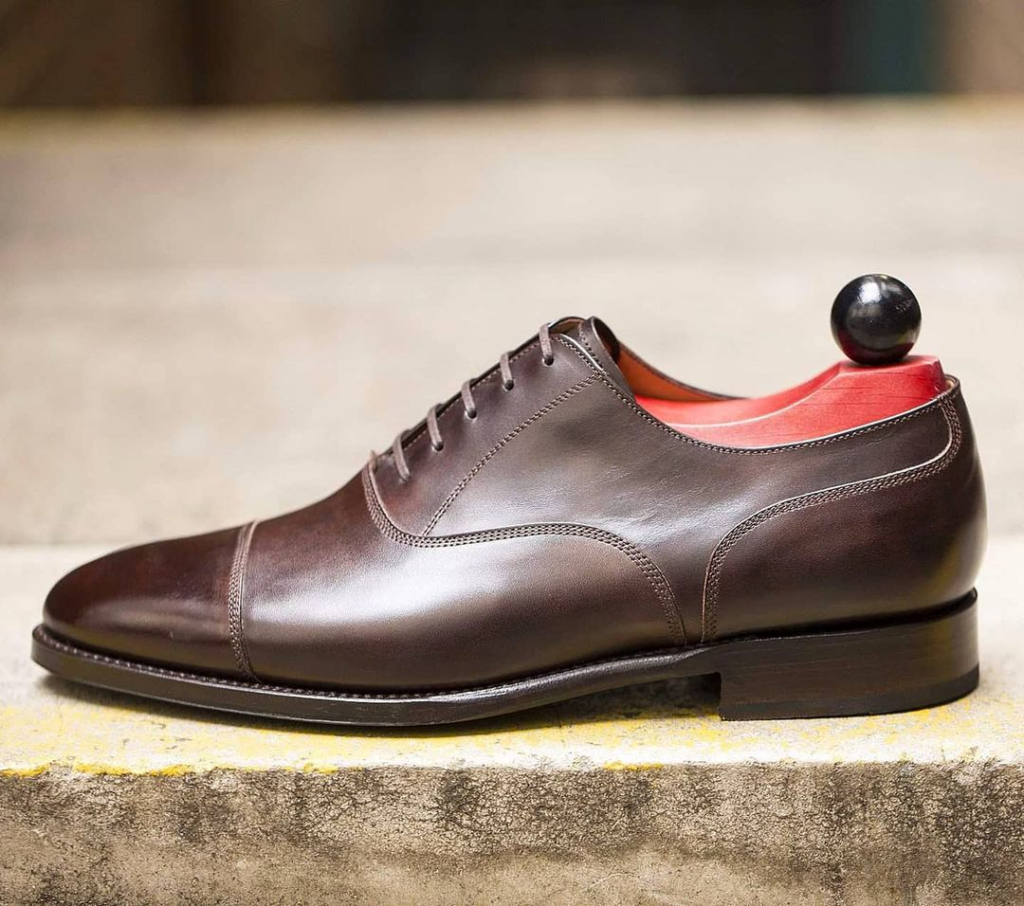
Theoretically, the chisel toe is not a last type juxtaposed with round, square or pointed, it is a feature, a shape that can be linked with any toe shape. But in fact, the chisel toes I have seen are basically with square heads.
Speaking of chisel toe, George Cleverley cannot be bypassed.
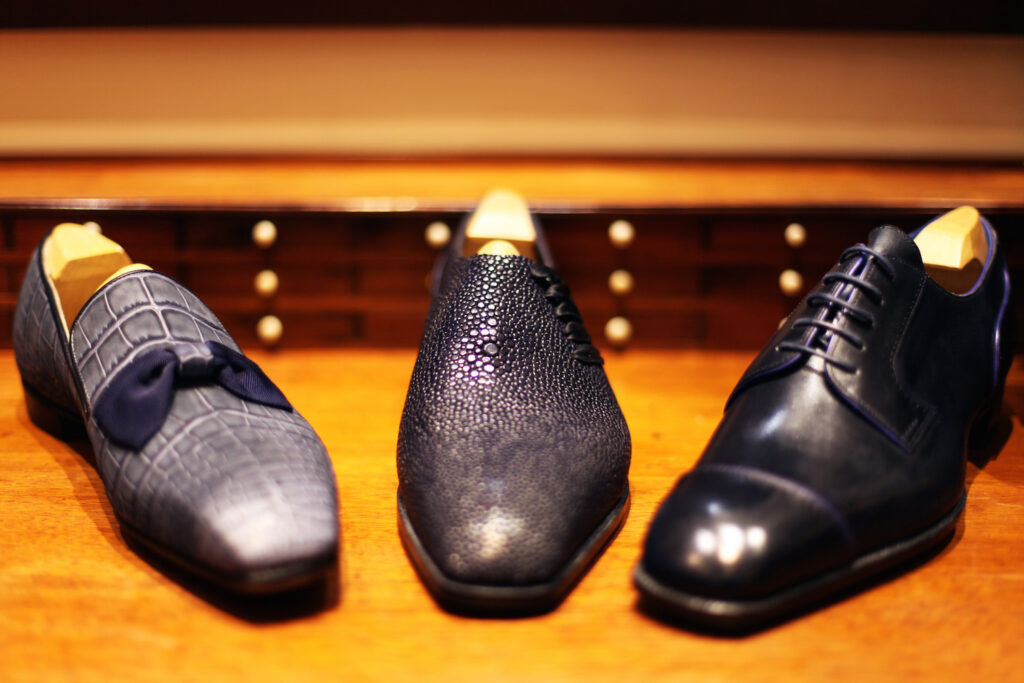
Because the inventor (perhaps transplanter) of this toe shape, Nikolaus Tuzcek, was George Cleverley’s mentor.
But my first encounter with chisel toe did not come from George Cleverley, but from Carmina.
Carmina has many lasts, but the one that helped it make a name and is still the most favored today is Rain last.
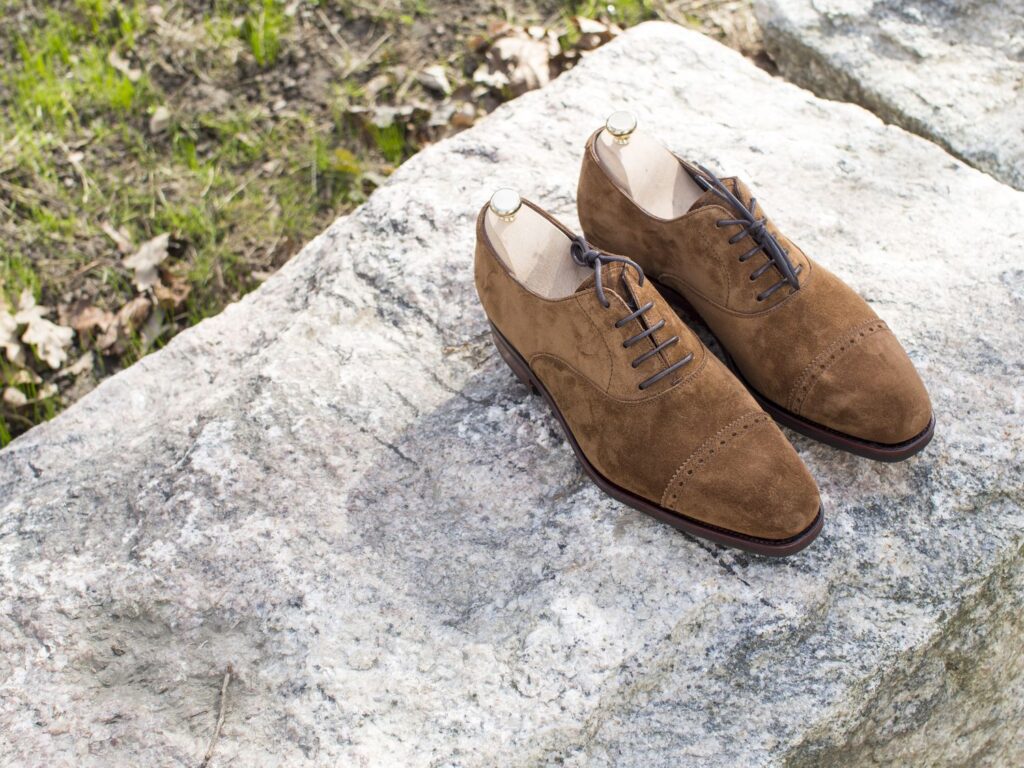
Rain last is a small square toe and from the side on view, you can see this dive.
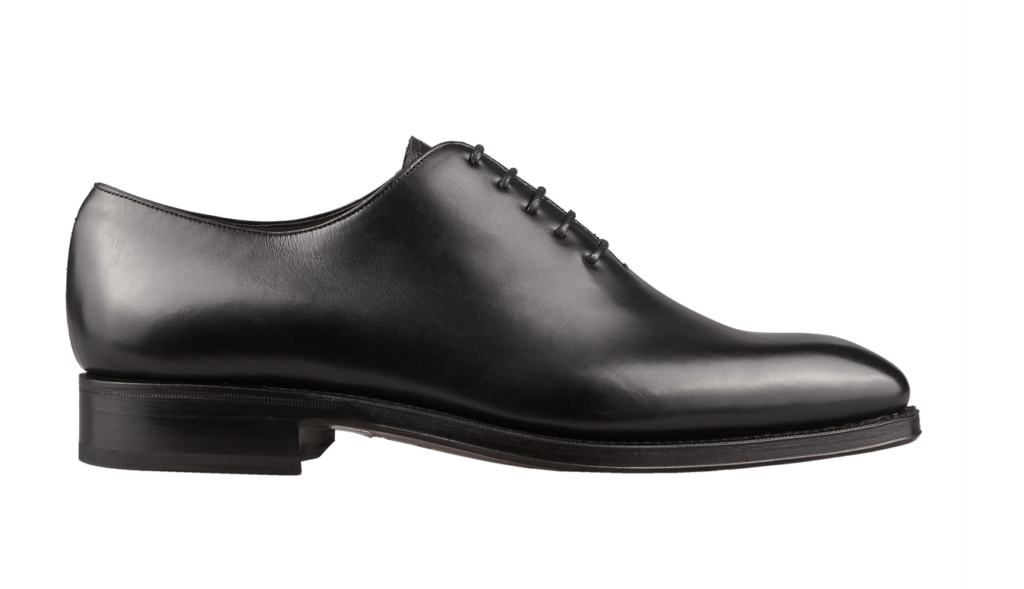
Then, there’s Gaziano & Girling’s TG73 last, this time with a more pronounced square toe and significant dive.
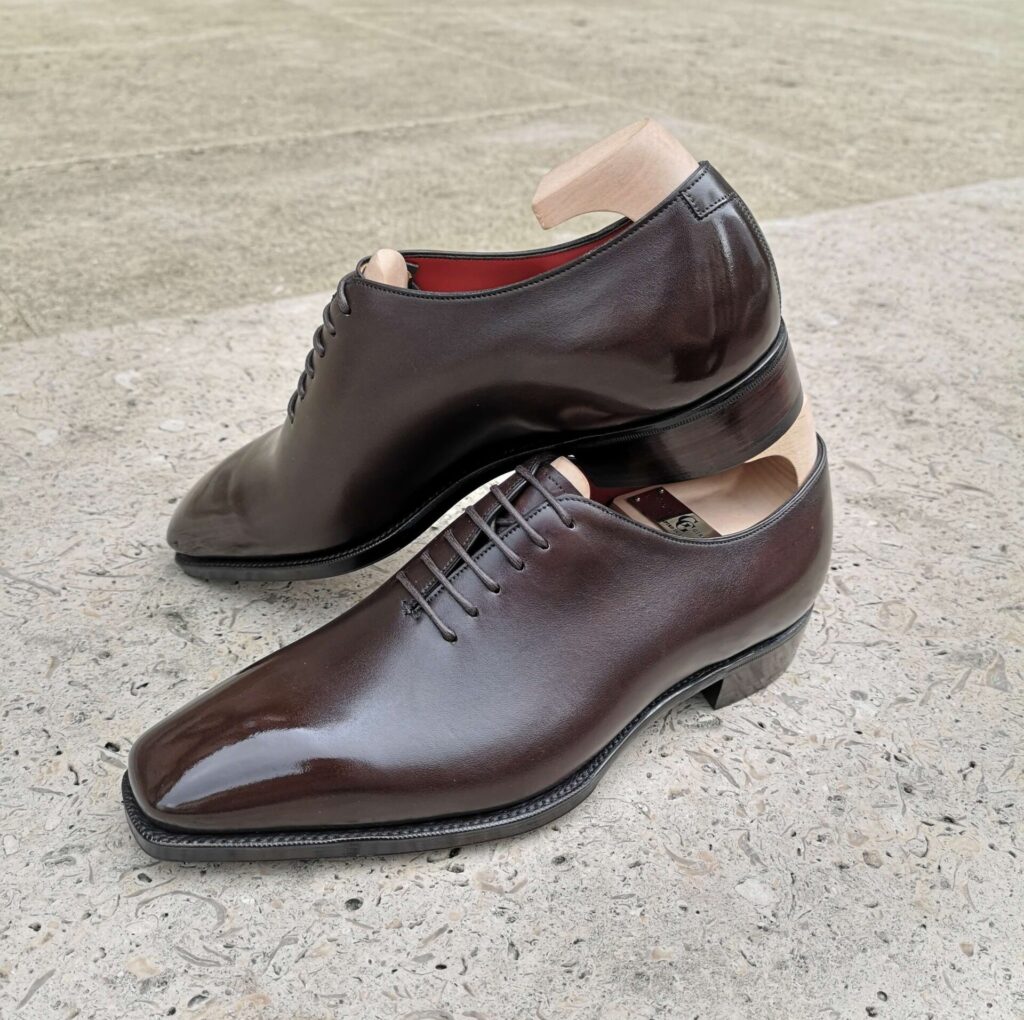
Then there’s Corthay’s Pullman, which might be controversial. Corthay never says that Pullman was a chisel last, and no one else said that. But in my opinion, there is also this dive.
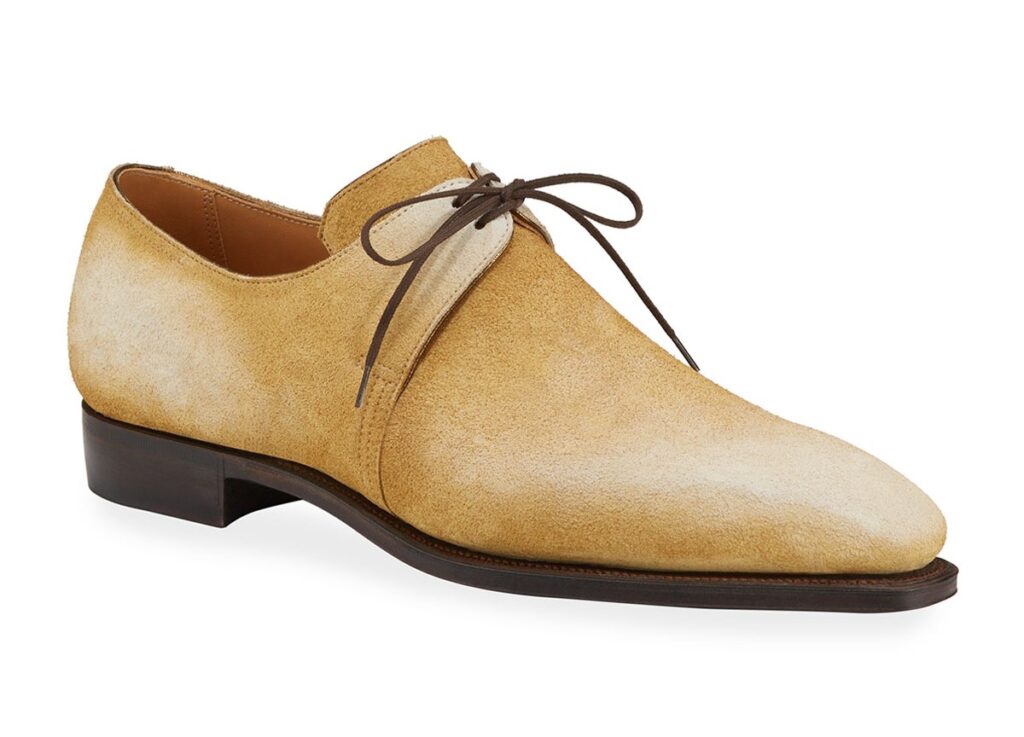
What role can this dive of the chisel play? I think it’s to shorten the toe length. Imagine the distance required for an ordinary toe cap to walk from the highest to the lowest at an angle of 15 degrees, and the distance required for a chisel toe to reach the toe cap at 30 degrees or more than 45 degrees.
Here, another detail is introduced. the chisel toe is further divided into hard chisel and soft chisel. How to distinguish between hard and soft? I think two points, one is the angle mentioned above, and the other is the abruptness of this excessive bend.
The example of Riccardo Besttetti above is a standard soft chisel, with a relatively gentle transition. Let’s look at the example of a hard chisel.
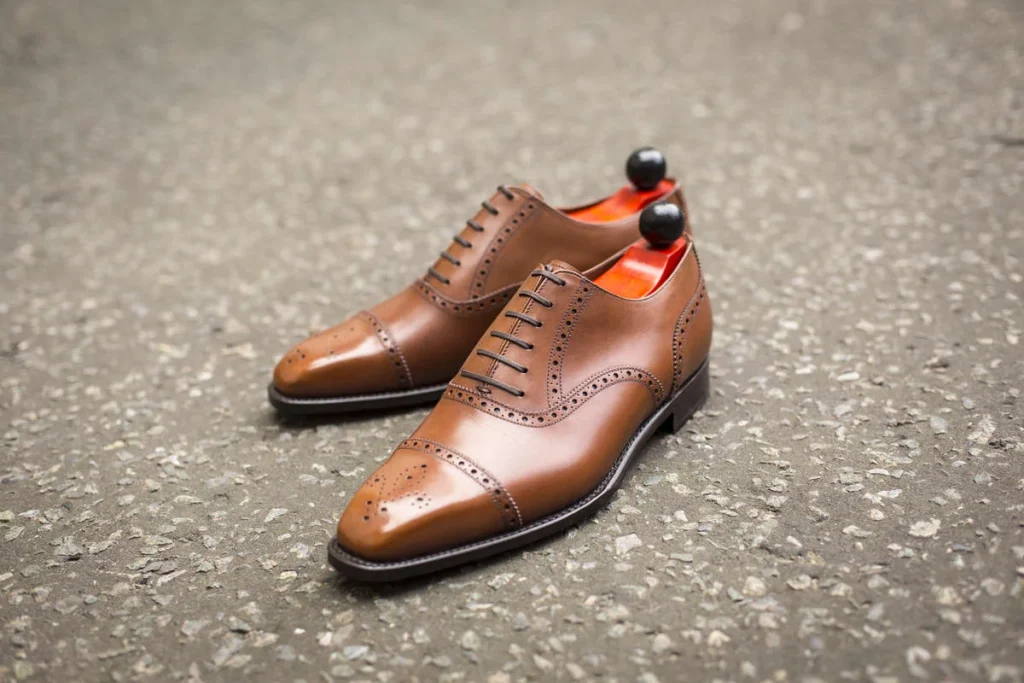
Note that this is my personal distinction between hard and soft chisels. Another way (maybe most received) to judge is the amplitude of the dive, and if this is the view, then Riccardo’s pair is a hard chisel.
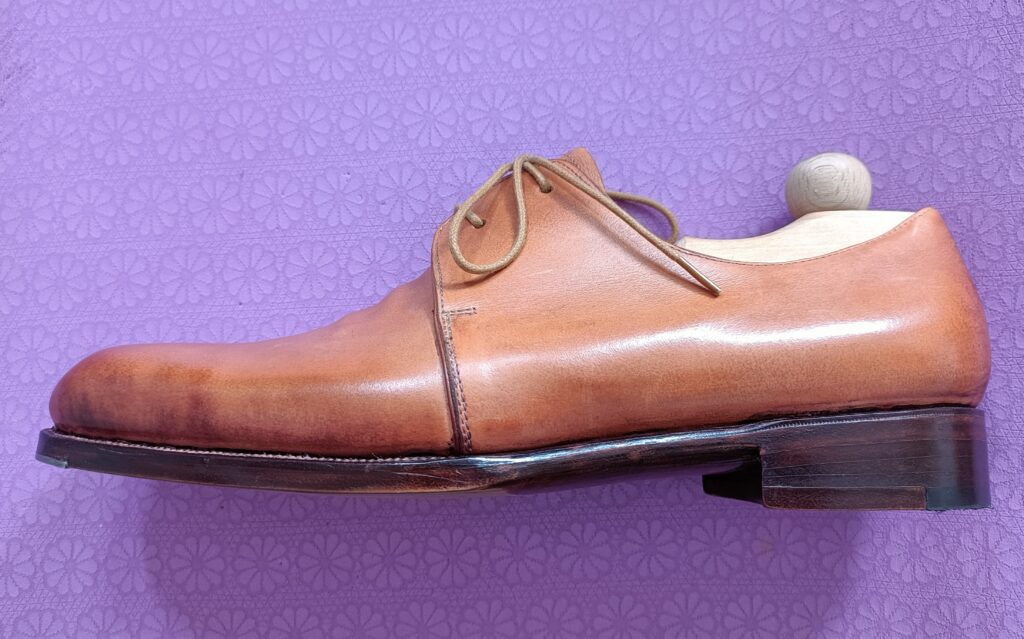
This pair of Maftei bespoke shoes, from the perspective of transition, is not sharp, but the abrupt dive may be considered a hard chisel.
I’m not a fan of chisel toes, especially hard chisels, which disgust me even more. This is synonymous with my rejection of pointed toes. I like to be conservative, rounded and approachable. Anything aggressive doesn’t fit my preferences.

